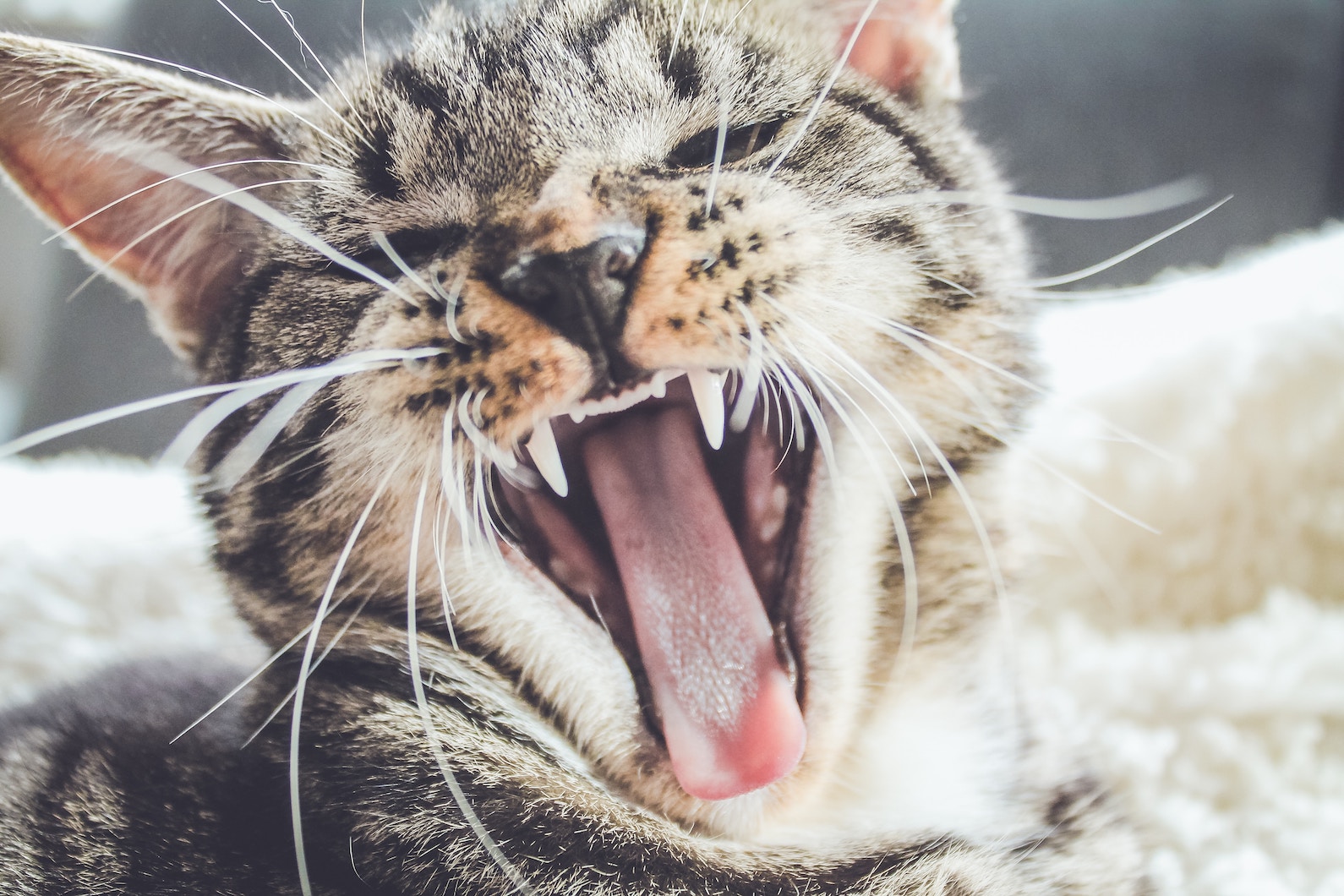Imagination asks you to unlearn what you’ve been told, ask different questions, and grow beyond who you thought you were. You may have a sense of what imagination is, but what about its origins? In the quest to understand where imagination comes from, science has provided some insight. Read on to learn more about how imagination works in your brain.
The Hawk of Central Park
One fall, I was exploring Central Park with a friend and her family when I noticed that her son was not actively entertained by the colorful roundabout in the children’s area. I asked him if he had seen the hawk of Central Park. He looked at me tentatively, then with excitement, and said, “The hawk of Central Park?” We were quickly swept up into a world of our own, where the imaginary hawk of Central Park looked over playing children. He left the hawk a few raisins from his snack pack and we fashioned him a magic wand from a stick to summon birds. I don’t know who was having more fun, me or him.
Then, his parents swiftly shut down our imaginative play. They told him from across the playground to stop leaving out raisins (they were concerned about dogs eating the raisins). The moment was gone. I could see our imagined world leave his eyes, the fabric of a vibrant make-believe universe giving way to the muted outlines of the playground in real life.
As we left the playground, I was relieved to see a flicker of magic still alive in his eyes. He kept his fantasy world to himself and looked up in the trees for the hawk of Central Park.
I treasure that moment, between me, this magnificent human, and a world we created. Though it left me wondering, where does imagination come from? Does everyone have it? Do we lose it in adulthood? Do adults squelch it in children? How can we cultivate it? I won’t be able to answer all these questions in one article, but here’s a start:
Where Does Imagination Come From?
Well, we don’t know. Though, as a species, we’ve spent a lot of time trying to define it. One detailed theory on its origins suggests that imagination may have preceded language. According to Aeon, “evolution built a crude imaginative faculty before language and culture refined it into a sophisticated one.”
Today, we use imagination in everyday life, especially to communicate. According to Aeon, “the imagination – whether pictorial or later linguistic – is especially good at emotional communication.” When we communicate our emotions, we are relying on our imaginations, even if we are unaware of it.
So, when you talk about your experience with grief or comfort someone going through a traumatic experience, you are likely drawing from your ability to imagine.
This ability is the result of an evolutionary process that started as an “adaptation in a hostile world.” It evolved from basic optical abilities toward complex cognitive image association refined over time by experience, society, and culture. This process has irreversibly linked the ability to imagine with cognitive abilities and even consciousness itself.
Imagination and the Brain
When you are engaged in imaginative activities, what is your brain doing? Scientists are able to track brain activity to give us some insight. Could understanding the mechanics of imagination in the brain help uncover its origins?
Creativity and Imagination: Not Just “Right Brain”
To start, we need to debunk a myth. It is widely believed that the right side of the brain alone is the origin of creativity and imagination. As reported in Psychology Today in 2013, researchers from Dartmouth College have shown this to be false: “human imagination does not come only from the right hemisphere of the cerebrum. Creativity and imagination require a widespread neural network in the brain.”
In fact, employing imagination involves 11 areas of the brain.
Through this intricate process, humans are “able to consciously manipulate images, deconstruct symbols, come up with new ideas and theories, and…solve complex problems.” You can learn more about the “mental workspace” that supports imagination in Network Structure and Dynamics of the Mental Workspace.
Reality and Imagination Flow in Opposite Directions
In another fascinating discovery reported by Live Science in 2014, researchers found that reality and imagination flow in different directions in the brain: “the visual information from real events that the eyes see flows ‘up’ from the brain’s occipital lobe to the parietal lobe, but imagined images flow ‘down’ from the parietal to the occipital.”
Think of it as a mechanical highway, where absorbing reality and activating imagination use the same brain functions but just in the opposite flow.
Though its implications are still unclear, this information may lead to a better understanding of how imagination is connected to memory and works in the brain.
Embrace Your Creativity
Imagination, including its origins and composition, is fairly complicated. But, cultivating your creativity and imagination doesn’t have to be, especially as the cultural and societal importance of creativity and problem-solving grows.
Embracing your creativity has a critical component. Adam Lerner shares in his TEDxMileHigh talk that “this is what it means to live creatively. You don’t ask for permission. You don’t need to have the authority to do something before you do it. You do it.” So, while the origins of imagination are a mystery, creativity remains an important characteristic to cultivate for the future of humanity. Next, we will turn to consciousness itself for insight.
An Invitation to Imagine
Humanity has used creativity to make sense of the nonsensical since before the development of language. As we uncover how it works and where it might come from, we have a better sense of how to cultivate imagination. Explore the talks from TEDxMileHigh: Imagine. Together, let’s abandon the need for permission and give ourselves collective permission to imagine.


















